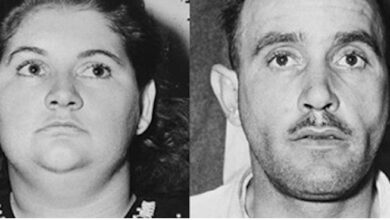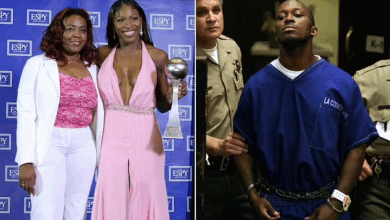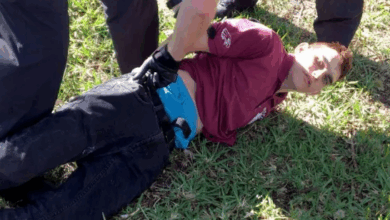The Incel Killer: Elliot Rodger and the Isla Vista Attack
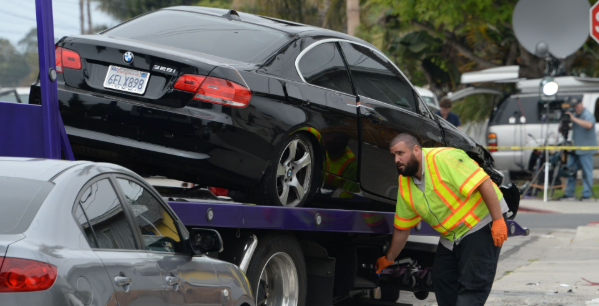
The Incel Killer: Elliot Rodger and the Isla Vista Attack
On the evening of May 23, 2014, the small coastal community of Isla Vista, California—home to many students of the University of California, Santa Barbara (UCSB)—was shattered by an act of unspeakable violence. The perpetrator, 22-year-old Elliot Rodger, embarked on a killing spree that left six people dead and fourteen others injured before taking his own life. His motives, outlined in a chilling manifesto and a final YouTube video, revealed deep-seated hatred, misogyny, and self-pity rooted in a toxic subculture known as the “incel” (involuntary celibate) movement. Rodger’s attack would go on to inspire other acts of violence and spark urgent discussions about mental health, misogyny, and online radicalization.
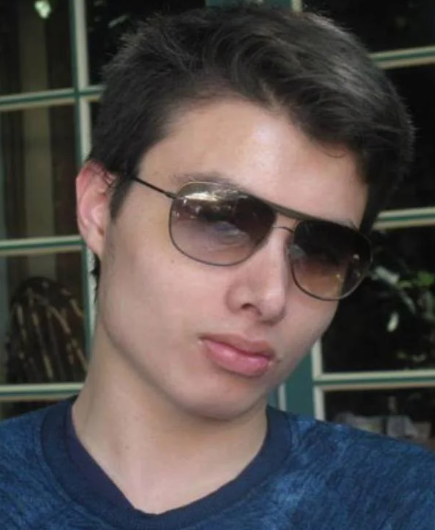
Early Life and Background
Elliot Rodger was born on July 24, 1991, in London, England, to filmmaker Peter Rodger and Chinese-Malaysian research assistant Li Chin. The family moved to Los Angeles when Elliot was still a child, where his father would go on to work on films such as The Hunger Games. Raised in affluence, Elliot had access to private schools, therapists, and opportunities that many could only dream of. However, his personal writings and video journals portray a young man deeply disconnected from those around him.
Rodger struggled socially from an early age. Diagnosed with high-functioning autism (Asperger’s Syndrome), he found it difficult to make friends, and his experiences of rejection—whether perceived or real—accumulated into a festering resentment. Despite early efforts by his family to provide him with help, including therapy and psychiatric care, Elliot’s internal world grew increasingly dark and hostile.
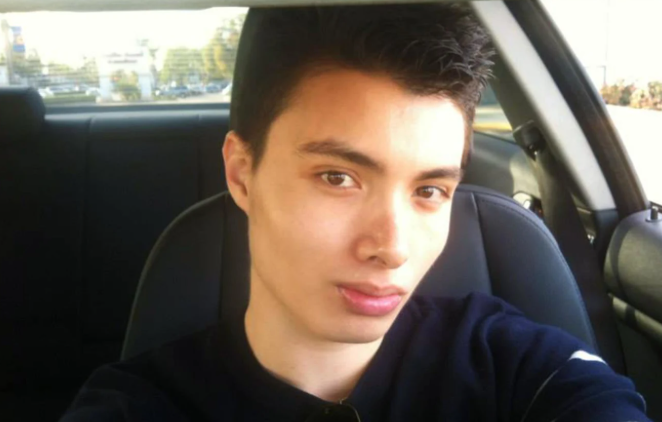
Descent Into Hate
By his late teens, Rodger had become obsessed with themes of rejection, social status, and the belief that women owed him affection and sex. He became an active lurker and poster on various online forums where men vented frustration over their lack of sexual and romantic success. These communities, often referred to as “incel forums,” would later gain notoriety for harboring misogynistic and violent rhetoric.
Rodger saw himself as a victim of a cruel and unfair world. His journals describe a life defined by jealousy, bitterness, and rage toward women who he believed had denied him the affection he deserved. He also expressed hatred toward sexually active men, particularly those he labeled “alpha males,” whom he envied for their confidence and success with women.
This toxic blend of entitlement and alienation created a dangerous psychological cocktail. Elliot Rodger didn’t just feel lonely—he believed he was being systematically oppressed by society. His hatred matured into a violent ideology, and in the months leading up to the attack, he meticulously planned what he would later call his “Day of Retribution.”
The Manifesto and the Final Video
Shortly before the attack, Rodger emailed a 141-page document titled “My Twisted World” to dozens of people, including his family, former teachers, and therapists. The manifesto chronicled his life from early childhood through the final days leading up to the killings. It is a disturbing insight into a mind consumed by self-pity, entitlement, and delusions of grandeur. In it, Rodger outlined his desire to punish women for rejecting him and to destroy men he perceived as more attractive and socially successful.
In addition to the manifesto, Rodger uploaded a YouTube video titled “Elliot Rodger’s Retribution,” where he spoke directly into the camera, smiling and calmly describing his plans to kill. “You forced me to suffer all my life,” he said, addressing women. “Now I will make you all suffer.” The video quickly went viral after the attack, shocking viewers with its eerie tone and calculated hate.
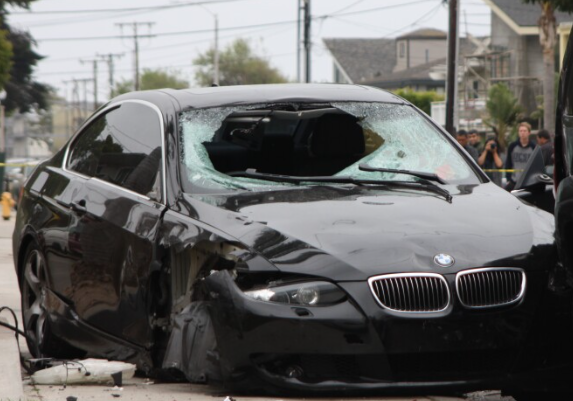
The Isla Vista Attack
At around 9:27 p.m. on May 23, 2014, Elliot Rodger began his killing spree by stabbing his three roommates to death in the apartment they shared. The victims—Cheng Yuan “James” Hong, George Chen, and Weihan “David” Wang—were all UCSB students. Rodger had meticulously planned this part of the attack, believing he needed to eliminate those closest to him before moving on to the broader public.
Following the stabbings, Rodger drove to a sorority house near the UCSB campus, intending to massacre its residents. Unable to gain entry, he instead shot three women outside the house, killing two of them: Katherine Cooper and Veronika Weiss. He then continued his rampage by driving through the streets of Isla Vista, randomly shooting pedestrians and cyclists. He also ran people down with his black BMW.
Rodger’s attack ended when he crashed his vehicle after a gunfire exchange with police. He was found dead inside the car from a self-inflicted gunshot wound.
The Victims
In total, six people were murdered and fourteen others injured. The victims were:
-
Cheng Yuan “James” Hong, 20
-
George Chen, 19
-
Weihan “David” Wang, 20
-
Katherine Cooper, 22
-
Veronika Weiss, 19
-
Christopher Michael-Martinez, 20
Christopher, a UCSB English major, was shot inside a local deli. His father, Richard Martinez, would become a vocal advocate for gun control in the aftermath of the attack, famously stating, “When will this insanity stop? When will enough people say, ‘Stop this madness!’”
Aftermath and Impact
The Isla Vista attack shocked the nation. The calculated brutality, combined with Rodger’s manifesto and video, brought the term “incel” into public discourse. For many, it was the first time hearing about the subculture, which had largely been confined to obscure internet forums.
In the days and weeks following the massacre, a wave of grief, outrage, and reflection swept across the country. Memorials were held in Isla Vista, and the hashtag #YesAllWomen trended on social media, with women sharing personal experiences of harassment and misogyny, underscoring how pervasive and dangerous these attitudes can be.
The attack also sparked debates about:
-
Mental health care: Rodger had been in therapy for much of his life. His parents had expressed concern to law enforcement just weeks before the killings. Despite this, no effective intervention occurred.
-
Gun control: Rodger legally purchased three handguns and hundreds of rounds of ammunition. Critics argued that loopholes in background checks and a lack of red flag laws enabled him to obtain weapons despite his disturbing behavior.
-
Online radicalization: The role of internet forums in shaping Rodger’s ideology brought attention to the growing problem of digital echo chambers where misogyny and violence are normalized.
The Rise of Incel Violence
Elliot Rodger’s attack became a touchstone in the growing awareness of “incel terrorism.” On several online forums, he was lauded as a martyr and referred to as “Saint Elliot.” His manifesto circulated as a blueprint for similar attacks.
Subsequent violent acts have been committed by individuals who explicitly cited Rodger as an inspiration. Among the most notable:
-
Alek Minassian, who drove a van into pedestrians in Toronto in 2018, killing 10 people, referenced Rodger in a Facebook post before the attack.
-
Scott Beierle, who killed two women in a Florida yoga studio in 2018, expressed admiration for Rodger in personal videos.
The FBI has since labeled certain acts of violence carried out by incels as a form of domestic terrorism. Experts warn that the ideology, though niche, has become increasingly dangerous due to the internet’s ability to spread hate and create communities around grievance and entitlement.

Legacy and Reflection
The Isla Vista attack left a permanent scar on the community and sparked an urgent conversation about the intersection of misogyny, mental health, and violence. It also marked a pivotal moment in how the public and media understood the threat of incel ideology.
Rodger’s case serves as a chilling reminder that deeply ingrained societal issues—like toxic masculinity, misogyny, and the romanticization of violence—can culminate in real-world tragedy. While he may have sought infamy through his calculated plan, the enduring focus remains not on his delusions, but on the victims whose lives were cut short.
In the years since the massacre, advocates have pushed for stronger gun control laws, better mental health support systems, and increased efforts to monitor and counteract online radicalization. The attack also catalyzed a broader feminist awakening, with more people acknowledging the dangers posed by everyday sexism and entitlement.
Conclusion
Elliot Rodger’s rampage was not just the act of a disturbed individual; it was a convergence of personal trauma, mental illness, and cultural toxicity. By labeling himself the “supreme gentleman” and waging war against a world he felt had wronged him, he crystallized the ideology of a fringe movement that has since grown more dangerous.
The Isla Vista attack was a warning—a dark indicator of the kind of violence that can emerge when hate goes unchecked and grievances are nurtured in digital shadows. Understanding the roots of Rodger’s actions is vital not to sensationalize his crime, but to ensure that future tragedies can be prevented through awareness, empathy, and societal change.

